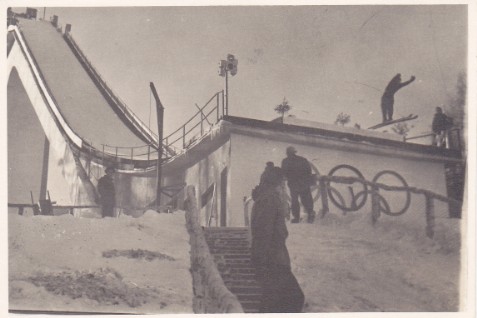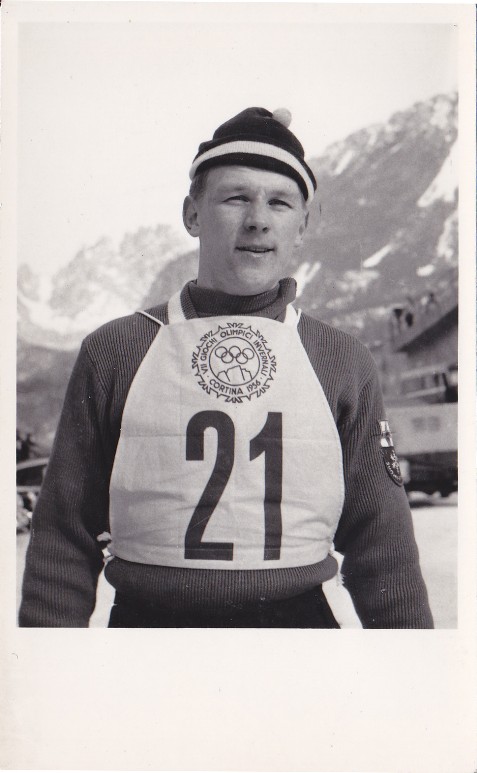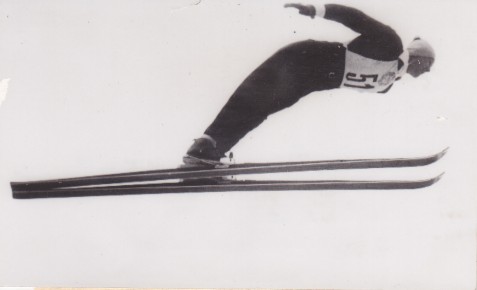Salto
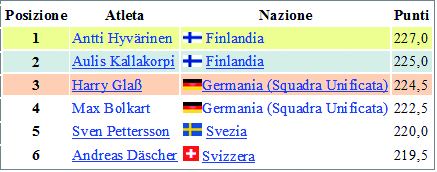
Sul Trampolino Italia gareggiarono 51 atleti di 16 diverse nazionalità, che a partire dalle 11:00 effettuarono due salti con valutazione della distanza e dello stile. Quella di Cortina fu la rassegna olimpica nella quale si confrontarono le due diverse tecniche di salto in uso durante gli anni cinquanta: la tradizionale Kongsberg tipica dei norvegesi e l'innovativa Däscher, più aerodinamica, alla quale erano passati con maggior rapidità finlandesi, tedeschi e sovietici. L'esito della gara olimpica decretò il successo del nuovo stile. Al termine del primo salto la classifica era guidata dal tedesco Harry Glass davanti ai finlandesi Aulis Kallakorpi e Antti Hyvärinen; solo undicesimi, a pari merito, i primi norvegesi, Arne Hoel e Sverre Stallvik. Nel secondo salto Glass con il settimo punteggio fu sopravanzato sia da Hyvärinen, autore della migliore prova, sia da Kallakorpi, che con la quinta piazza confermò il suo secondo posto nella classifica generale. Nella seconda prova dietro a Hyvärinen (pettorale 21) si posizionarono, a pari merito, lo svizzero Andreas Däscher (l'inventore della nuova tecnica di salto) e il finlandese Eino Kirjonen. Soltanto un norvegese, Stallvik, riuscì a classificarsi tra i primi dieci, in una specialità dello sci nordico nella quale fino ad allora erano stati i protagonisti.
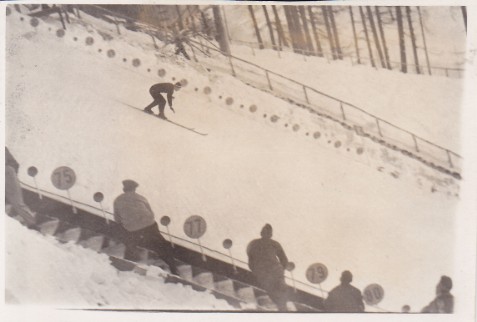
silver medal jumper Aulis Kallakorpi.

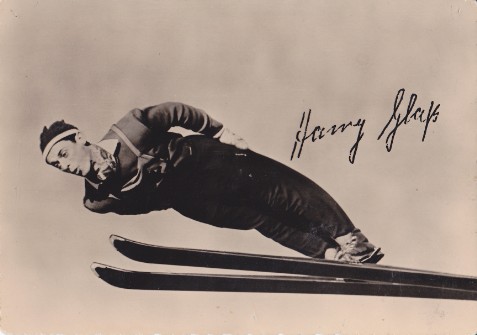
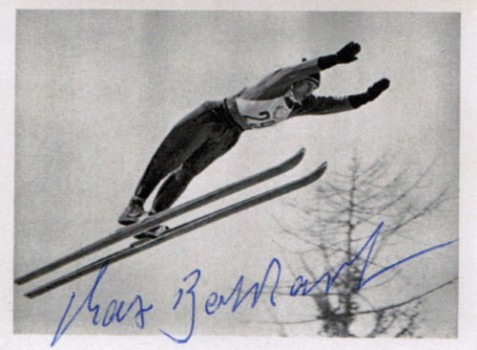
Harry Glass (pettorale 46), Max Bolkart (29) e Andreas Dascher (51), rispettivamente 3°, 4° e 6° della gara di Salto con gli Sci
